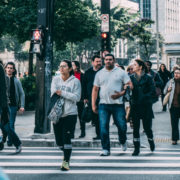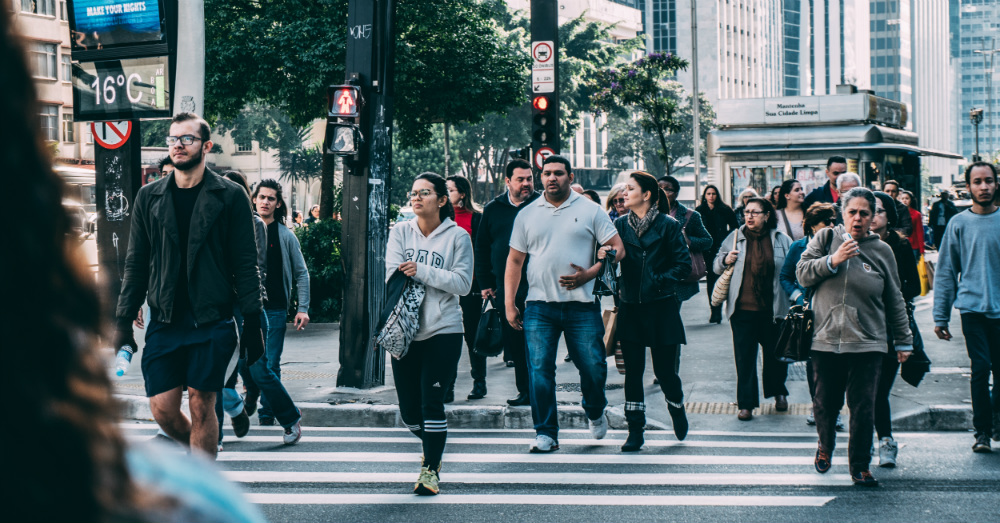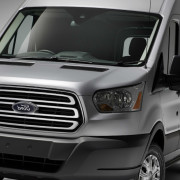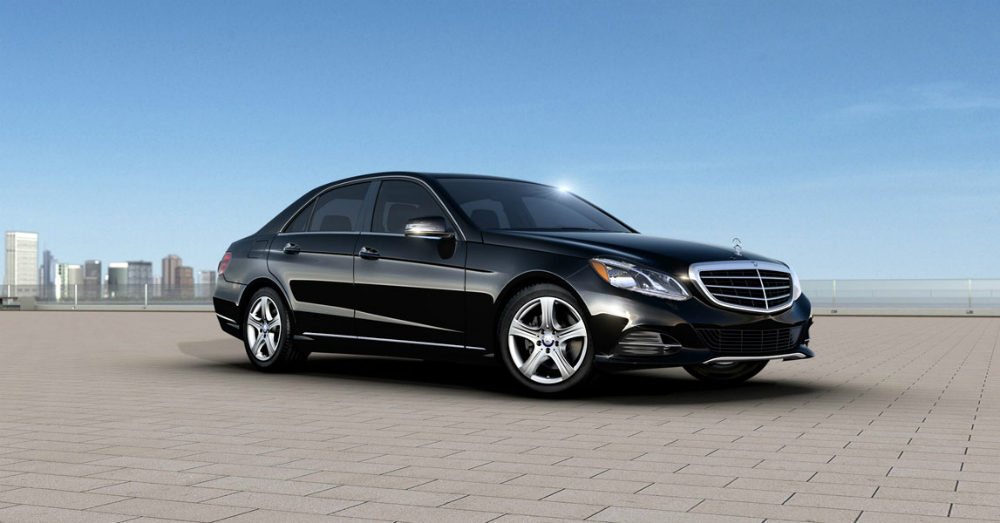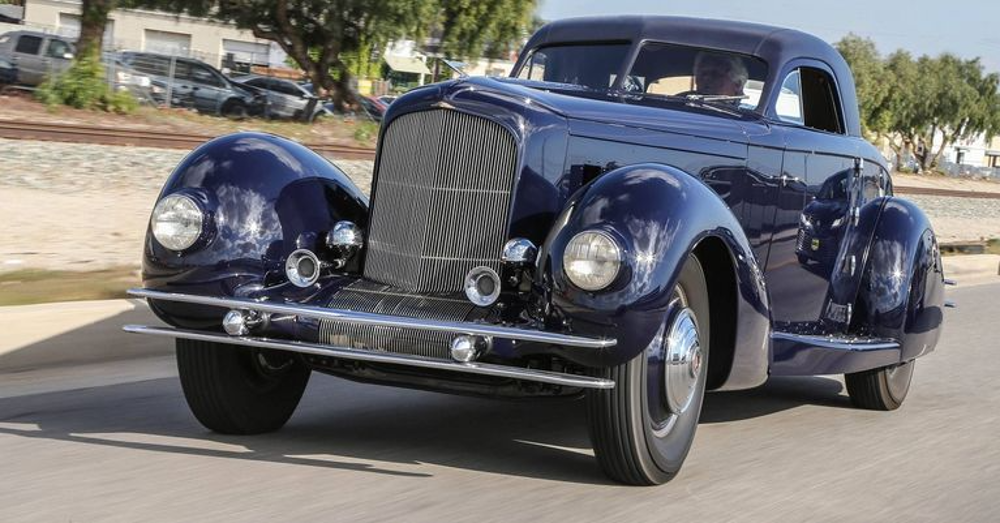This question has been left looming in our existence for many years. We’ve discussed what a trolley should be programmed to do in case of an impending collision and now we have this same discussion looming with autonomous vehicles. Many automakers have faced the question of which life to save in case of a crash with pedestrians and most have backed off the question waiting for more science and research to figure out whether those in the vehicle should be saved or those in the path of the vehicle when its bearing down on them.
Mercedes-Benz has taken the stance that their autonomous vehicles will put those inside the vehicle as the priority over those on the outside. This takes the guesswork away and while a bit of a morbid discussion, the logic is sound. If there is a chance of saving at least one life, the car should be programmed to do so and this means protecting the passengers inside the vehicle and not being concerned with those on the outside. While others may agree, when it comes to programming a vehicle, this is the soundest logic that can be used in this scenario.
Unfortunately for the automakers, the fault for any accidents involving autonomous vehicles will likely fall to them for making the vehicles and programming them the way they have. Both Audi and Volvo have already stood up and stated they will take this responsibility and have made it clear they have no intention of backing down on this subject. While admirable, the market for autonomous vehicles is expected to bring about a change in the number of accidents that are currently encountered. Over 94 percent of auto accidents are currently the fault of the driver, with the vehicle doing the driving for you, this number should drop significantly.
Another reason for Mercedes-Benz position and the fact that Audi and Volvo are willing to take on the responsibility is the fact that their autonomous vehicles will be programmed to predict situations. While human error and judgement will come into play in some cases, it’s difficult to say that these vehicles will have any problem predicting pedestrians who enter the driving line the vehicle is going. This means the autonomous vehicles just might be able to avoid any collisions with pedestrians at all and be ready for anything, thus avoiding the Trolley question.
Of course, the other reason for Mercedes-Benz position is the unpredictable nature of people. If a car was driving and would run into a group of pedestrians, it’s likely these people could get out of the way before the car arrives. On the other hand, the driver is literally trapped in the car with the seatbelt on, waiting for the collision. In this scenario it certainly makes perfect sense for the passengers in the vehicle to be the priority, they have less of a chance of escaping the collision. The other options which are a certain collision or going over a cliff are seriously not as attractive as giving the vehicle a chance to save the lives of the passengers inside.

